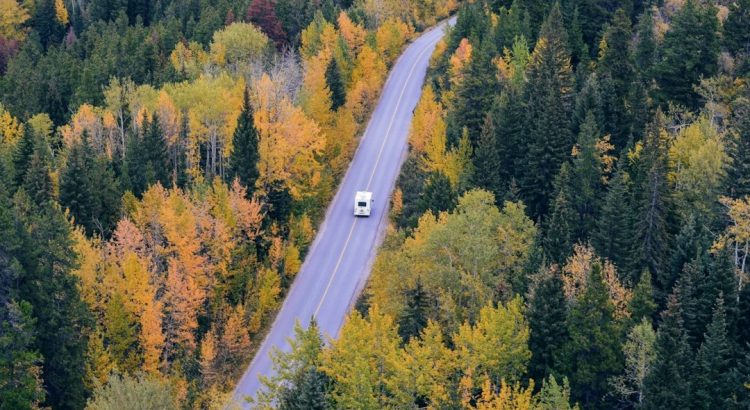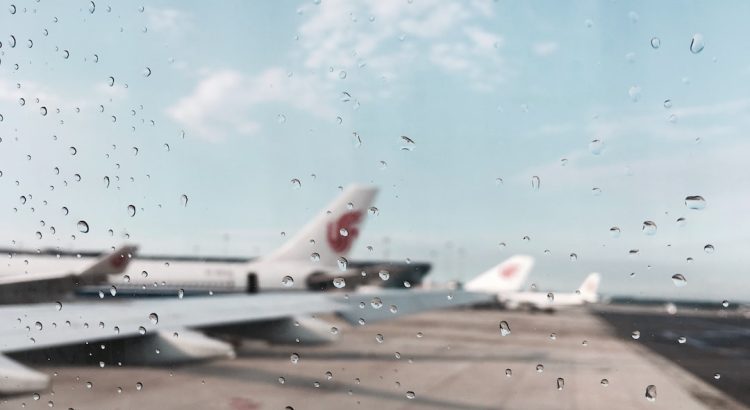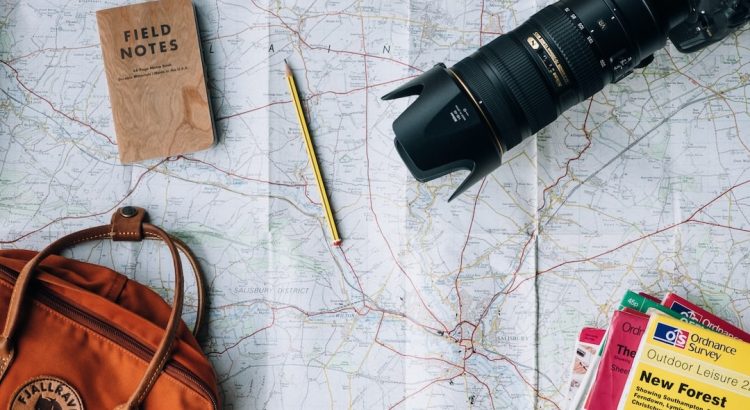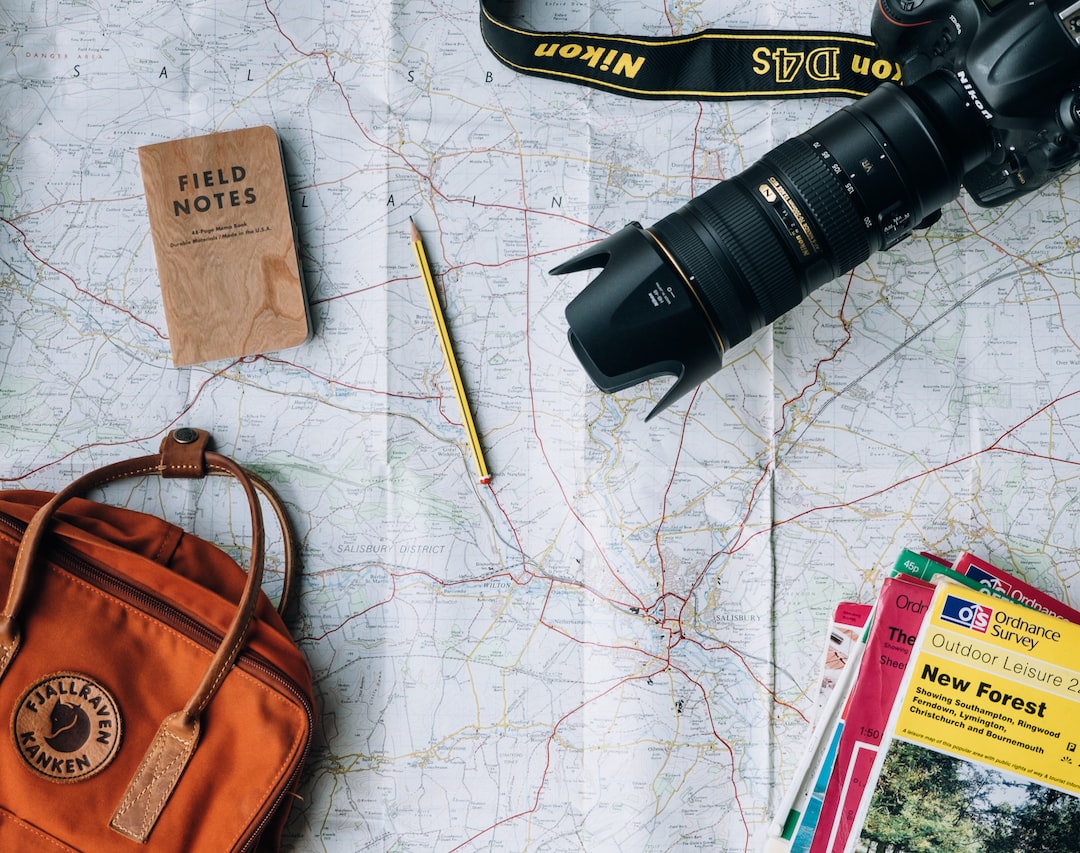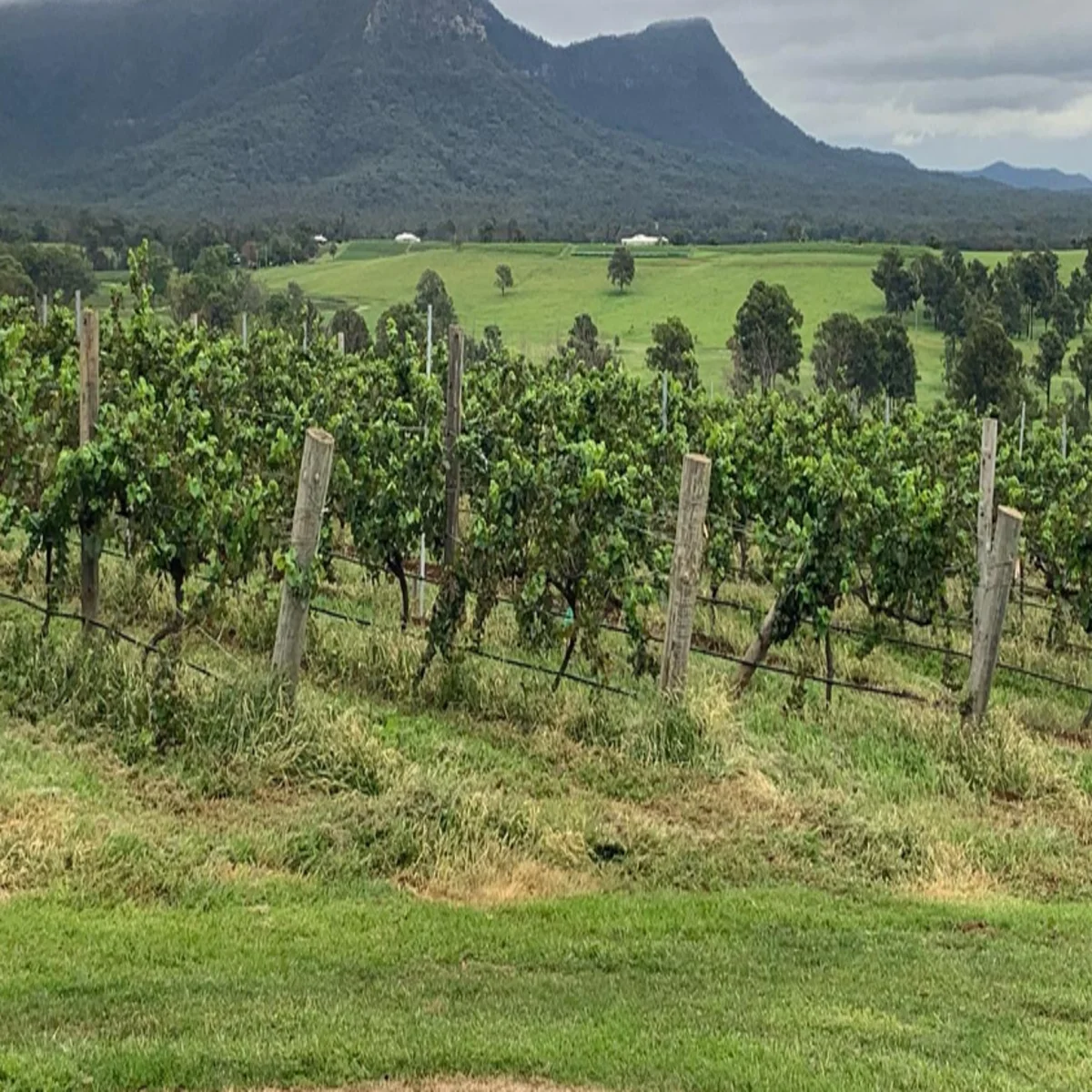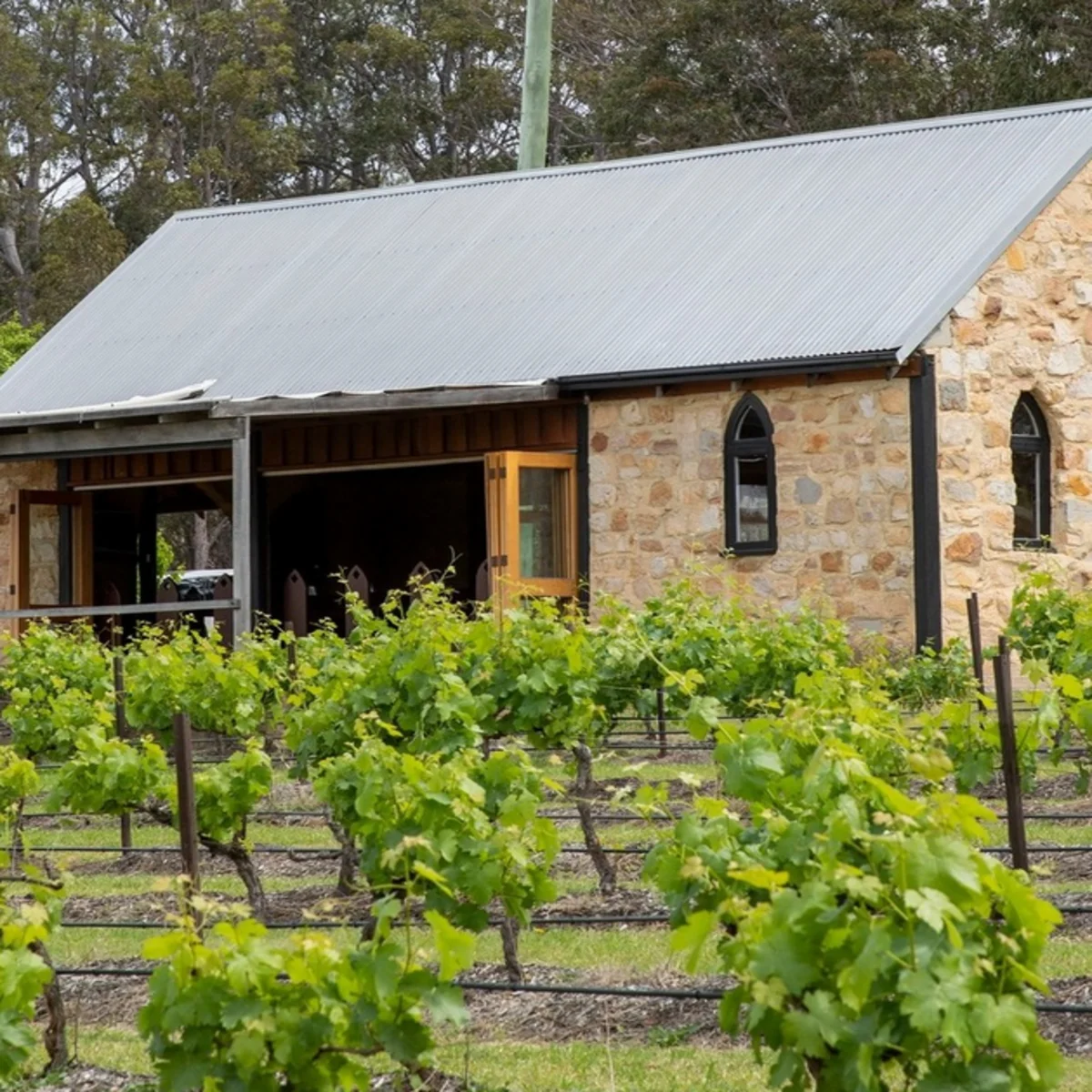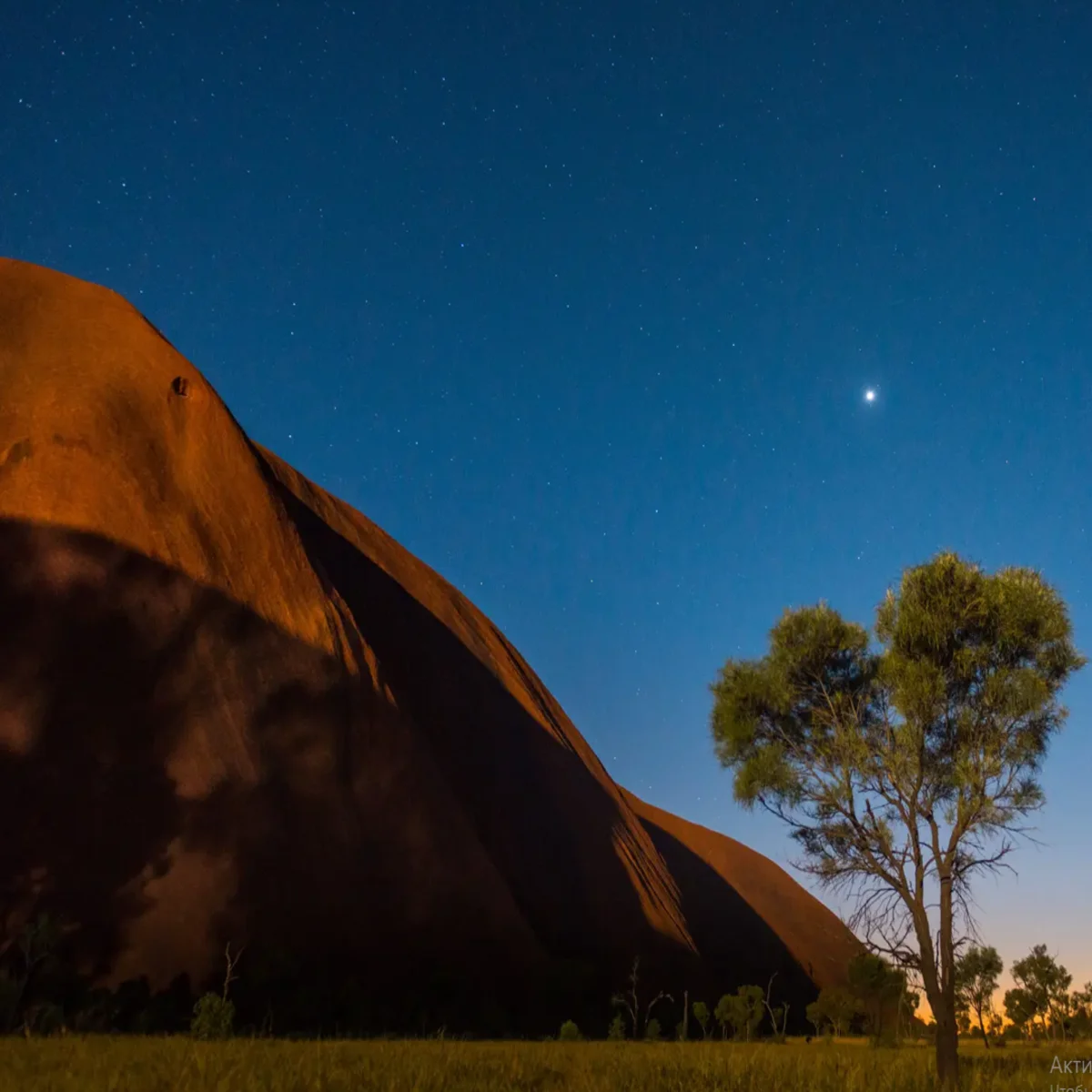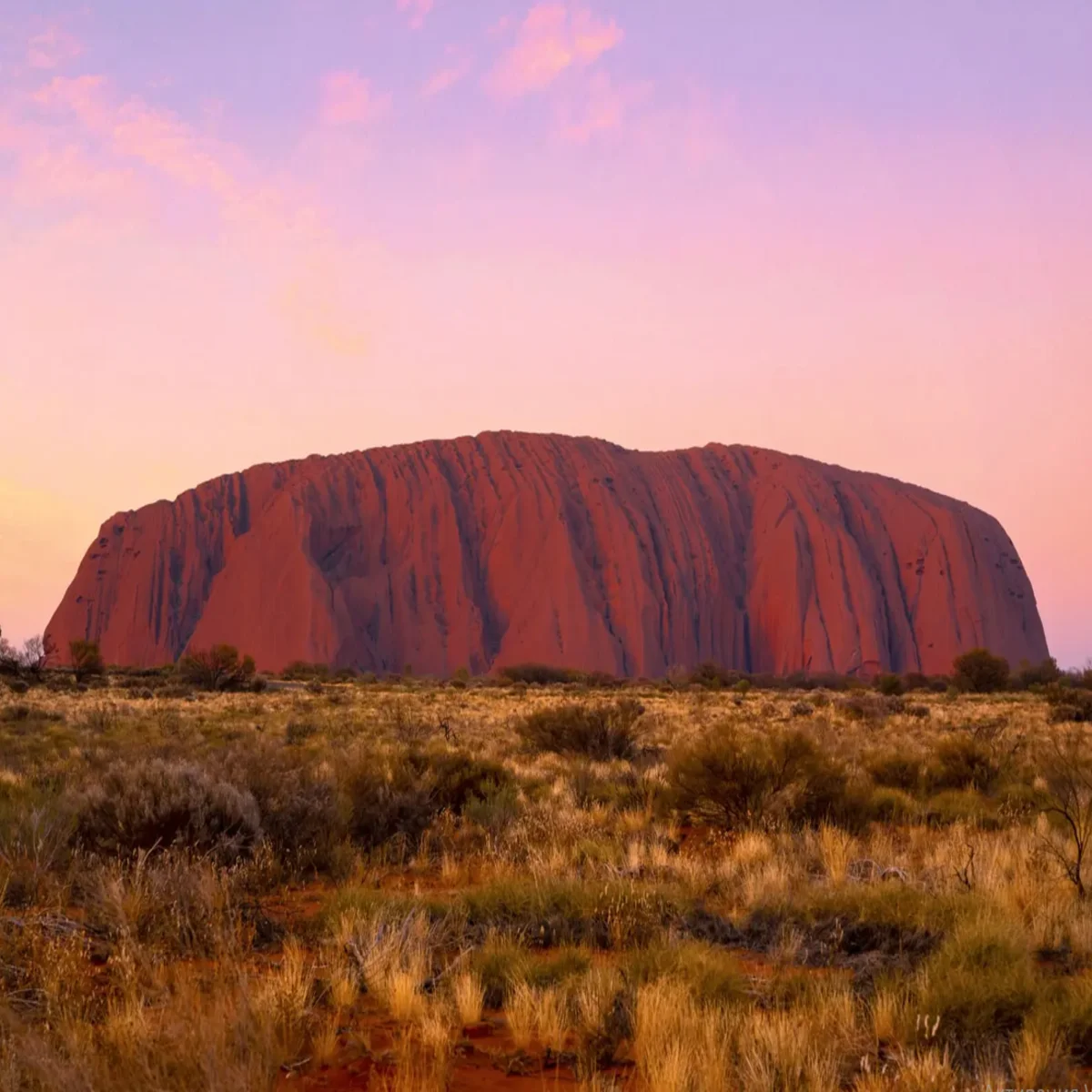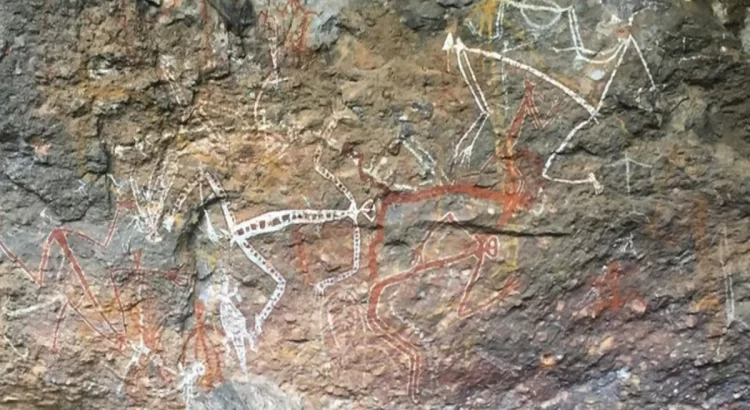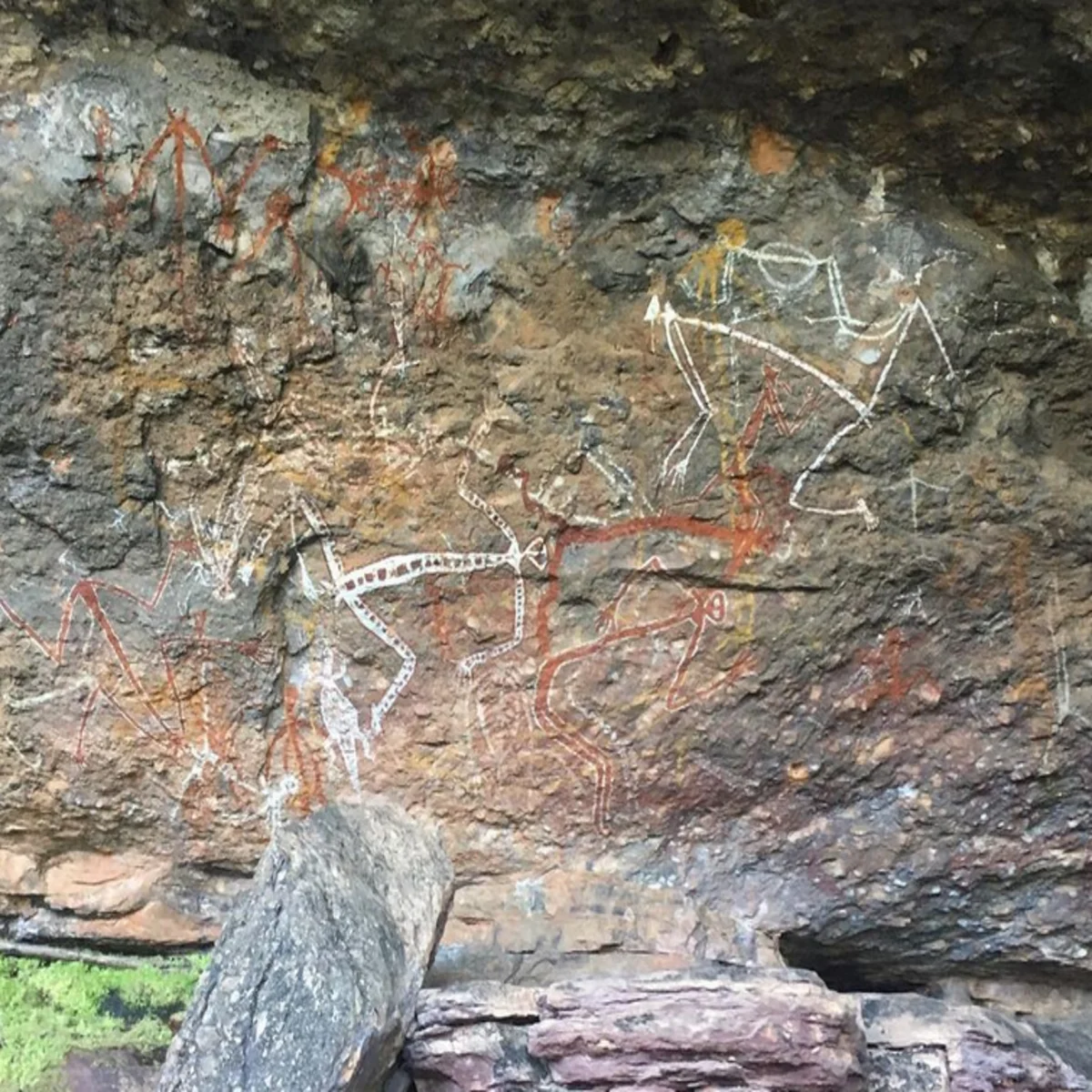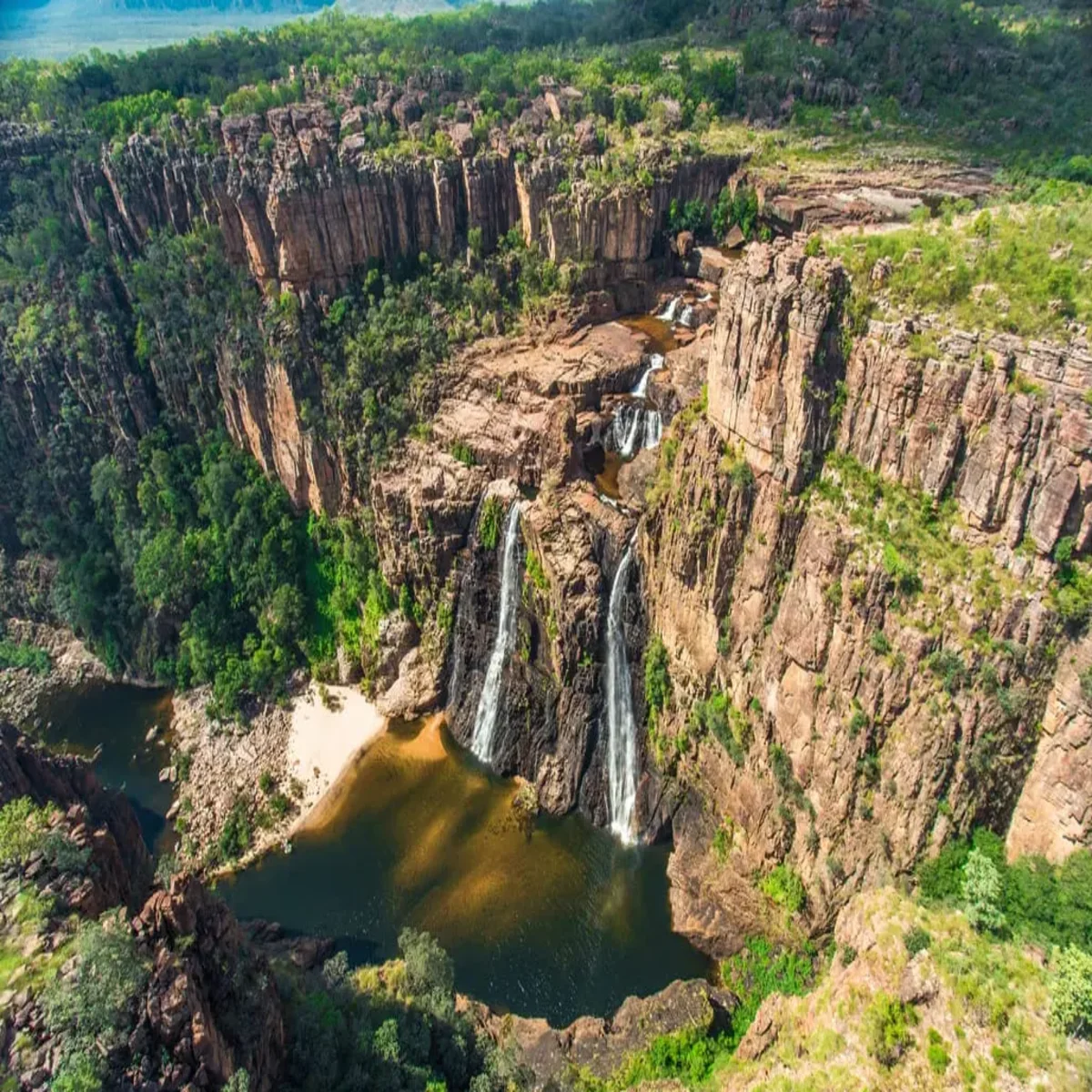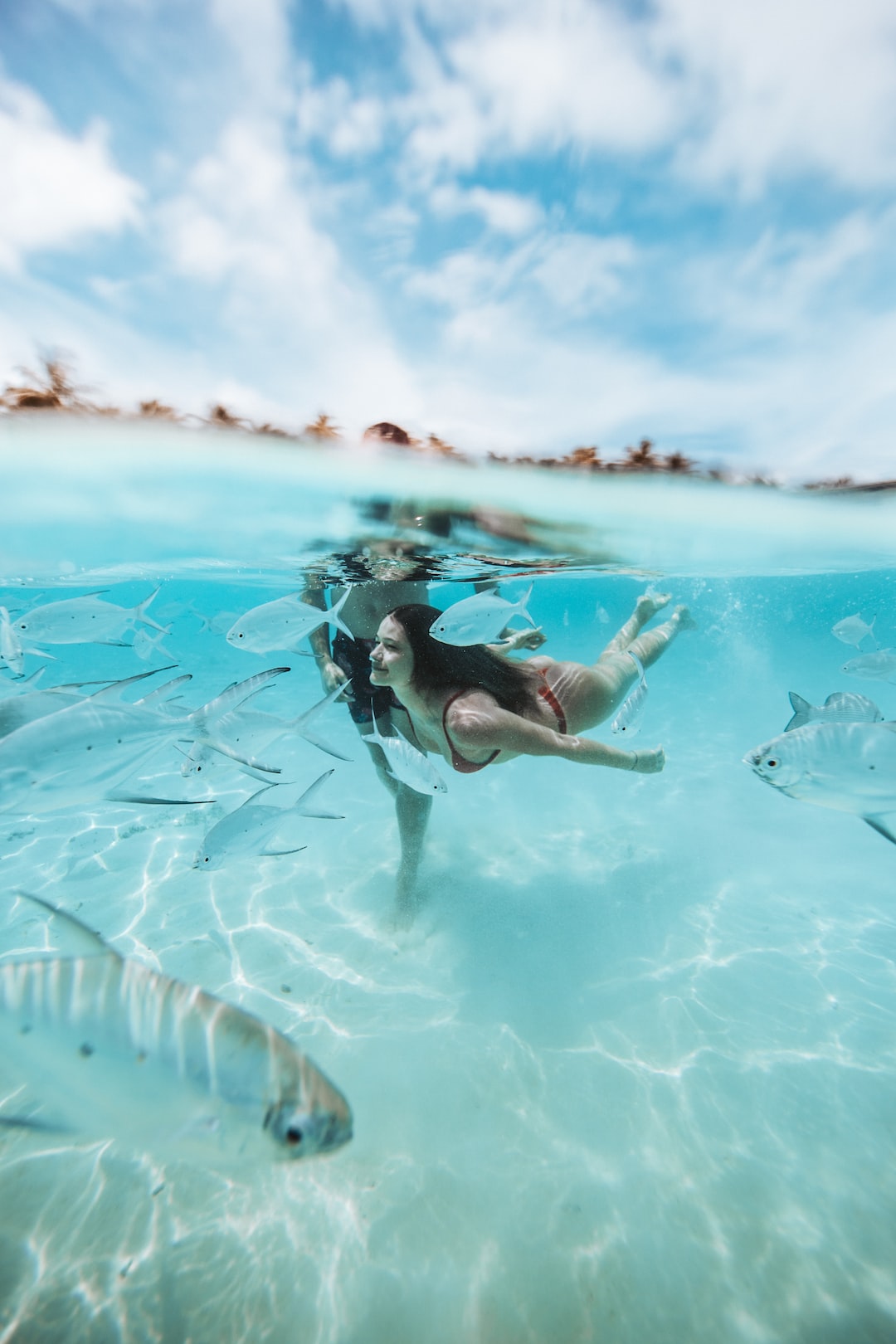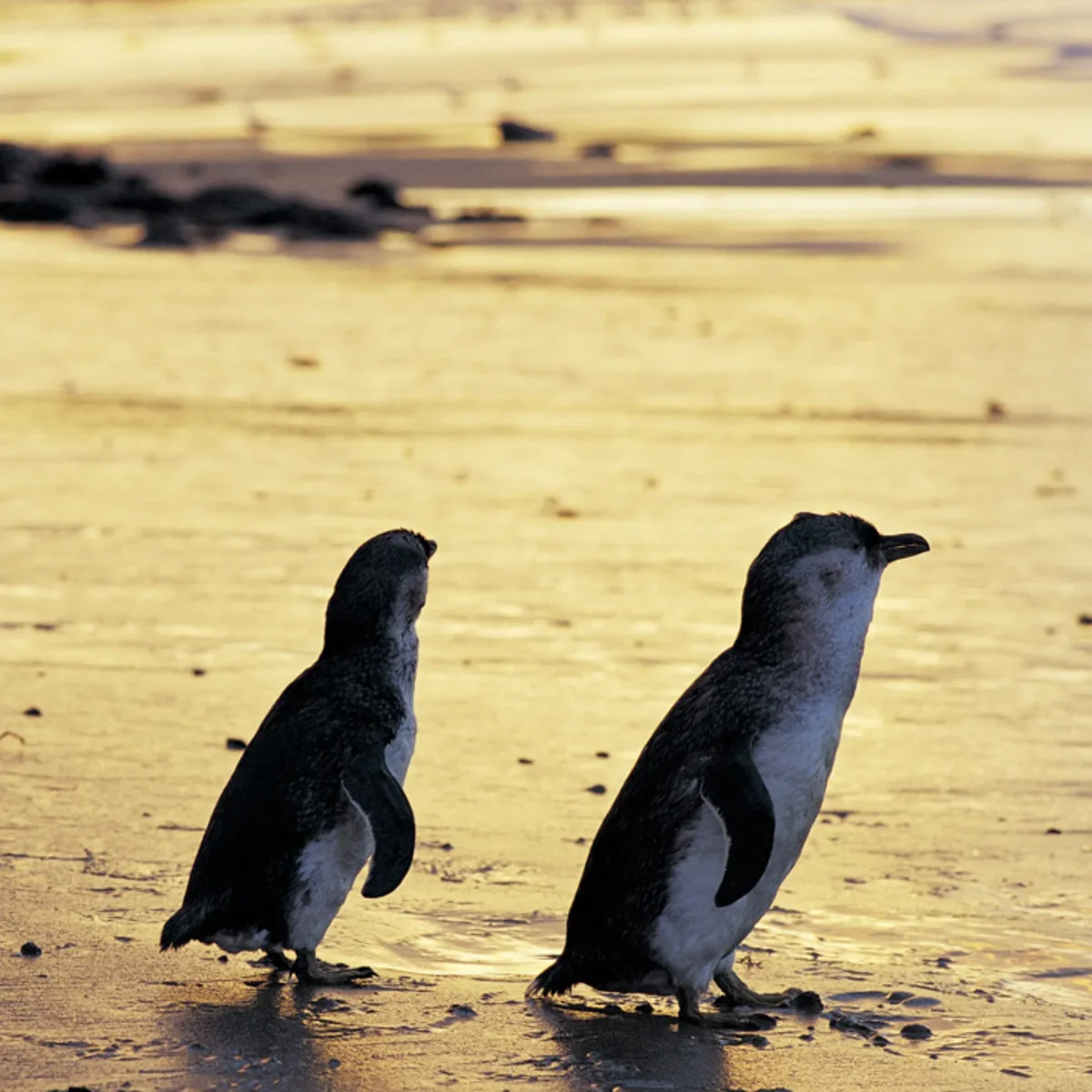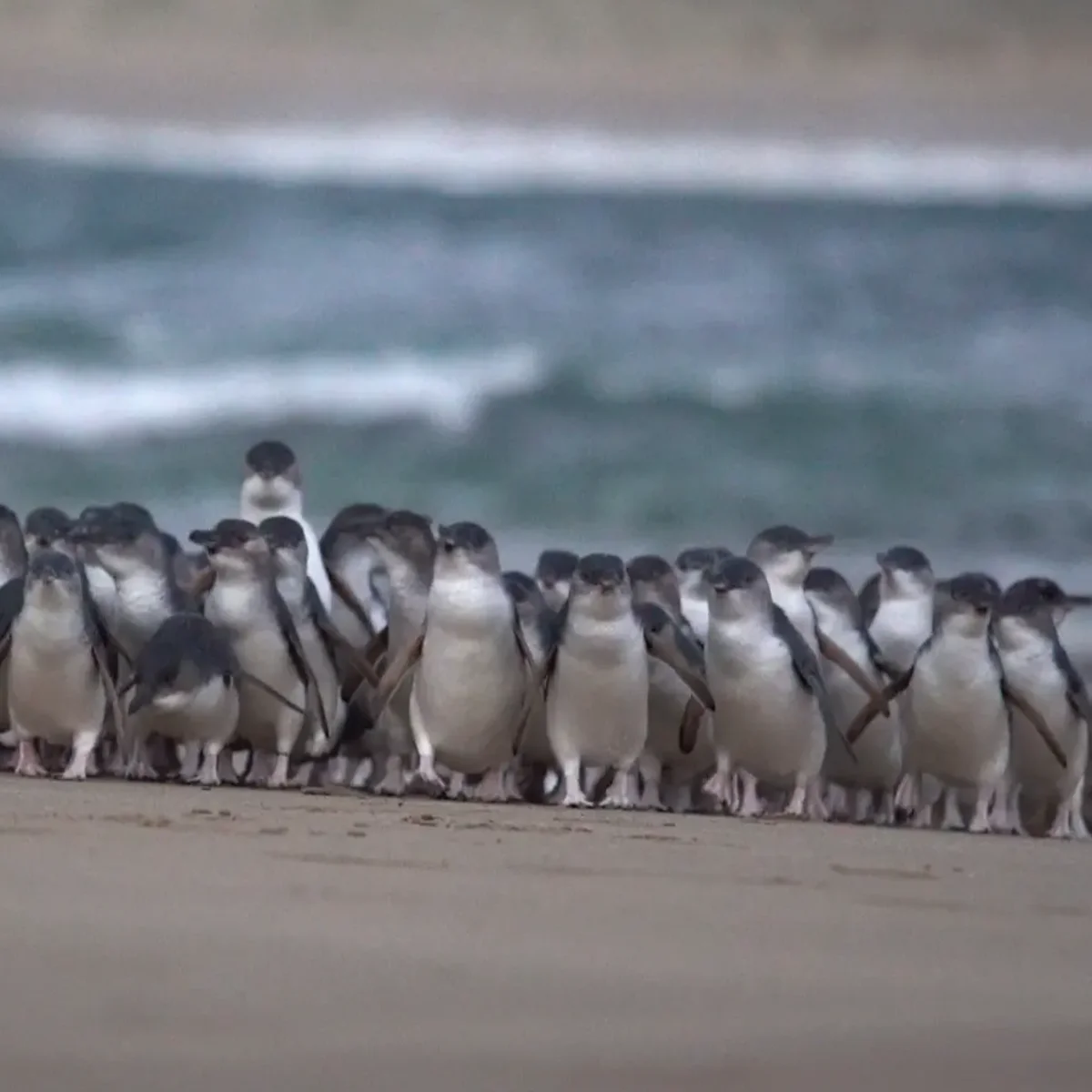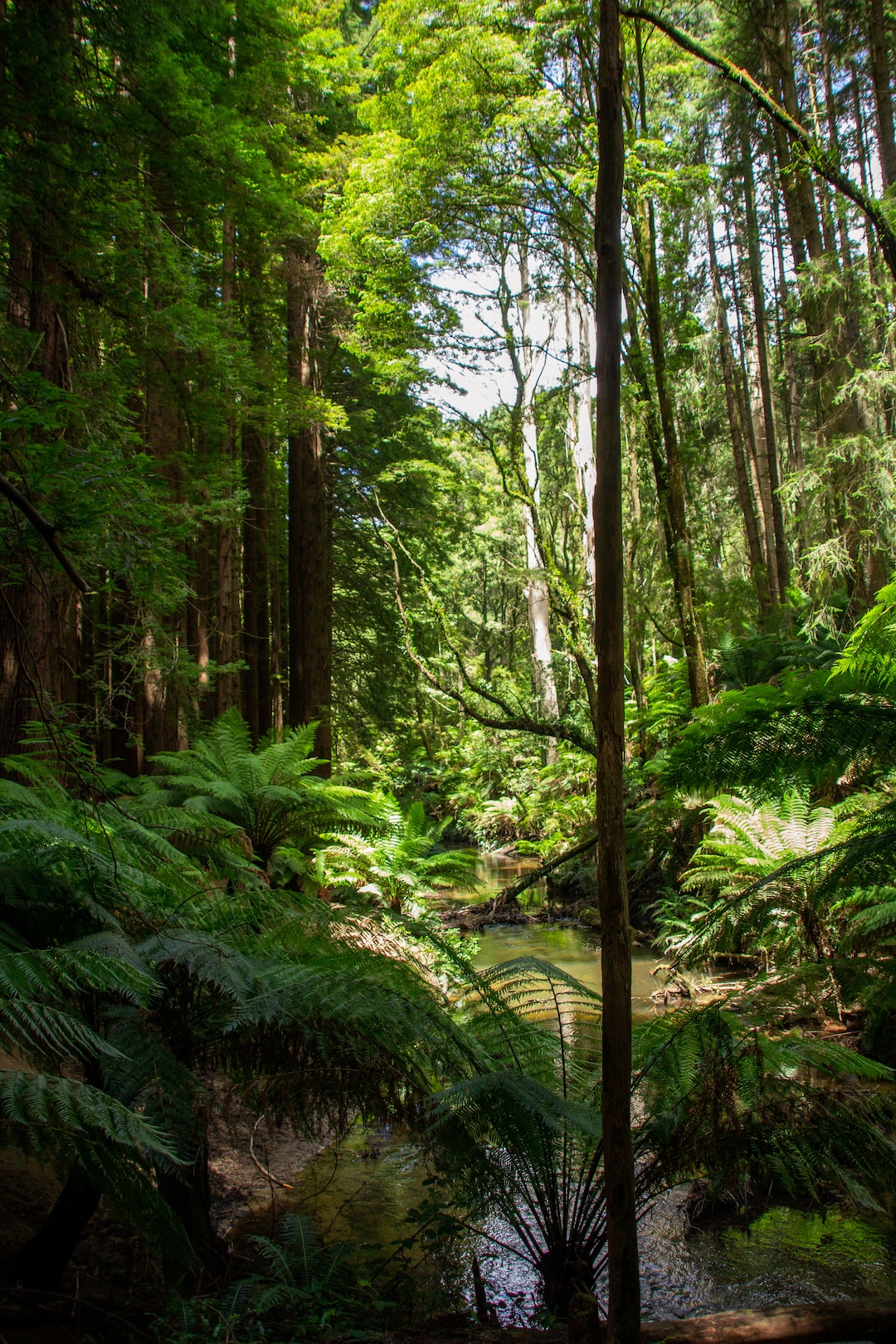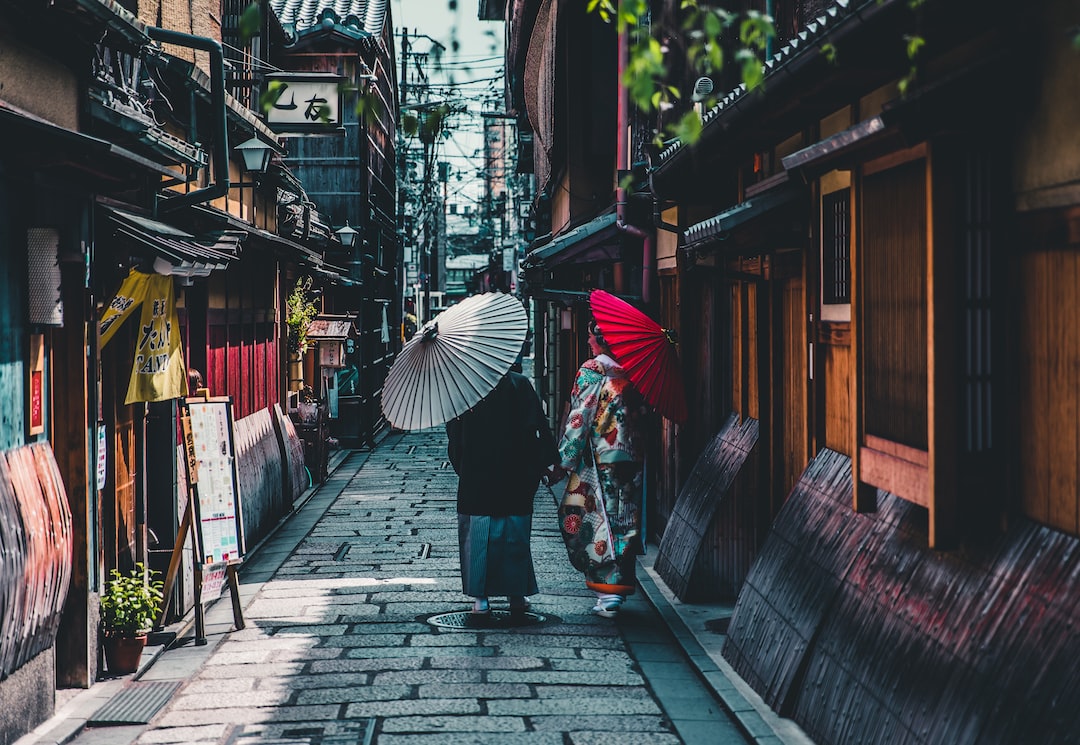Ayers Rock: A Natural Wonder
Ayers Rock, also known as Uluru, is a magnificent sandstone rock formation located in the heart of Australia’s Red Centre. This iconic landmark holds great spiritual significance for the Anangu Aboriginal people and attracts visitors from around the world. Planning your visit to Ayers Rock can be a daunting task, especially when it comes to determining how many days you should allocate for your trip. In this article, we will explore the factors that can help you decide the ideal duration for your Ayers Rock experience.
Immerse Yourself in the Cultural Heritage
Before diving into the number of days needed for Ayers Rock, it’s important to note that exploring the cultural heritage surrounding this natural wonder is highly recommended. The Anangu people have inhabited this region for over 30,000 years and their stories of creation and spirituality are deeply intertwined with Uluru. To fully appreciate the significance of Ayers Rock, consider participating in guided walks and cultural tours offered by local Aboriginal communities. These experiences will provide you with a profound understanding of the rock’s cultural significance.
Key Factors to Consider
1. Distance and Accessibility:
Ayers Rock is located in a remote part of Australia, approximately 450 kilometers southwest of Alice Springs. The nearest airport is Ayers Rock Airport, which is well-connected to major Australian cities. Keep in mind that travel times can vary depending on your mode of transportation and unforeseen delays.
2. Main Attractions:
Uluru itself is mesmerizing, but the surrounding natural wonders also deserve attention. The Kata Tjuta rock formations and Watarrka National Park, home to the spectacular Kings Canyon, are within a few hours’ drive of Ayers Rock. Allocate enough time to enjoy these attractions as well.
3. Activities and Tours:
Exploring Ayers Rock can involve a variety of activities such as guided walks, camel rides, and helicopter tours. Research the available options and plan accordingly, considering the time required for each activity.
Recommended Duration
Based on the factors mentioned above, we recommend allocating a minimum of three to four days for your Ayers Rock adventure.
Day 1: Arrival and Cultural Immersion
Take the first day to familiarize yourself with the area, participate in cultural activities, and absorb the spirituality of Uluru. Attend the traditional ceremonies, listen to Dreamtime stories, and learn about the ancient practices of the Anangu people.
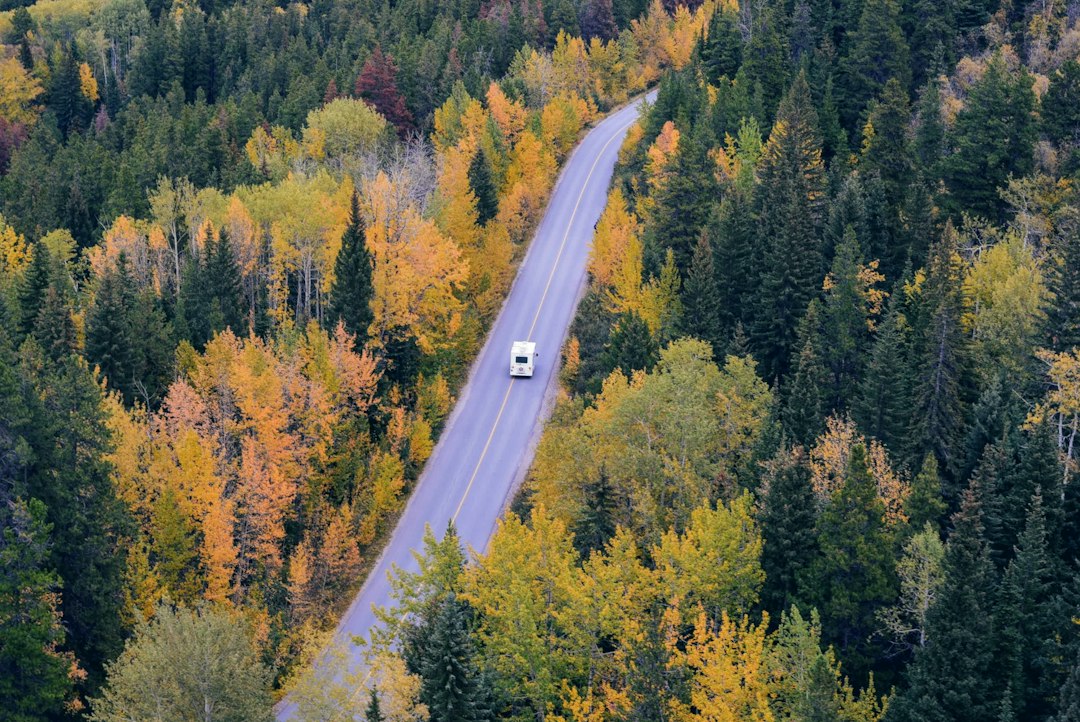
Day 2: Uluru Exploration
Spend a full day exploring Uluru, taking the base walk, and witnessing the sunrise or sunset over the rock. Many guided tours offer informative insights into the geological and cultural aspects of Uluru.
Day 3: Kata Tjuta and Kings Canyon
Devote a day to visiting Kata Tjuta and/or Kings Canyon. These destinations offer breathtaking views and unique hiking experiences that complement your Ayers Rock journey.
Day 4: Departure
On the final day, check out any remaining attractions you haven’t experienced and bid farewell to Ayers Rock.
Remember, this recommended duration can be extended if you have more time available, allowing for a more relaxed and immersive Ayers Rock encounter. Ensure you plan and book your accommodations, tours, and flights in advance to make the most of your trip.
By following these guidelines, you can create a memorable Ayers Rock experience that encompasses both cultural exploration and appreciation of the natural beauty surrounding this awe-inspiring landmark. Enjoy your remarkable journey!
